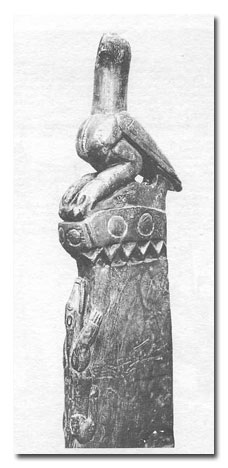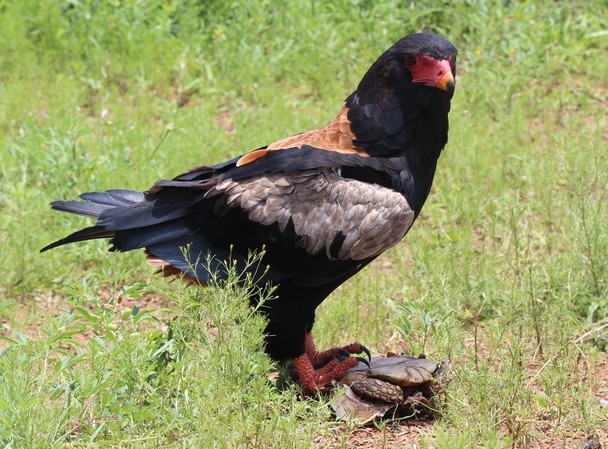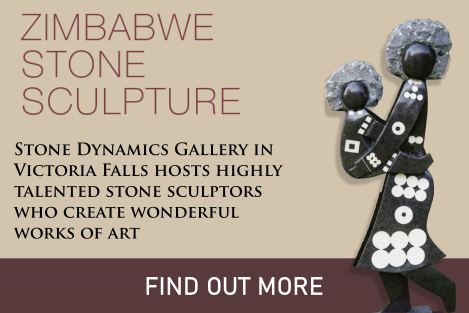The Legend of The Zimbabwe Bird
The iconic stone carved Zimbabwe Bird is an emblem of Zimbabwe. It has appeared on the national flags and coats of arms for Zimbabwe and previously Rhodesia as well as on banknotes, coins and stamps. The bird is used by the national sports teams and is part of numerous badges and logos of various Zimbabwean institutions and organisations. The original birds, carved from soapstone in a unique and distinctive style once stood proudly on guard atop the walls and monoliths of the ancient city of Great Zimbabwe. The exact origins of this stone city are shrouded in mystery but it is believed to have been built sometime between the 12th and 15th centuries by ancestors of the Shona. The word Zimbabwe is derived from the Shona words dzimba dza mabwe and means "house of stone". When the ruins of Great Zimbabwe were excavated by treasure-hunters in the late nineteenth century eight carvings of soapstone birds were unearthed. One bird was sent to Cecil Rhodes at his Groot Schuur home in Cape Town and, somewhat controversially, still remains there. This is the only bird not currently in Zimbabwe. 
Four complete birds and a partial bird were sent to Rhodes separately and kept in South Africa but these were returned to Zimbabwe in 1981 after independence. Pieces of a sixth bird ended up in the hands of a German missionary who sold it to the Ethnological Museum in Berlin in 1907. The fragments were taken from Berlin to Leningrad when Russian forces occupied Germany at the end of the Second World War. They remained there until the end of the Cold War when they were returned to Germany. In May 2003 the fragments of soapstone sculpture were handed back to President Robert Mugabe by a German museum. The eighth statue has always remained in Zimbabwe. Originally the birds are known to have stood on high pillars above the eastern enclosure of Great Zimbabwe and may have symbolised kings. There are two styles of bird, with slight differences in posture and shape of the pillar. In the absence of any direct method of dating the birds, it is unclear whether this represents earlier and later styles, or whether there was any meaning to the differences. The overall shape of the birds suggests that they represent a bateleur eagle a bird with great significance in Shona culture. The bateleur or chapungu is a good omen, the symbol of a protective spirit and a messenger of the gods. The Zimbabwe Bird is believed to be an ancestral link to the heavens and is sometimes called Shiri ya Mwari, the Bird of God. The stone eagle became the country’s emblem and symbol of freedom because it linked the Shona to their ancient ancestors. Legend has it that peace will never return to Zimbabwe until all the plundered Zimbabwe Birds have been returned to their homeland.
|
|
|||
|
|
||||
|
|
||||
|
| ||||




